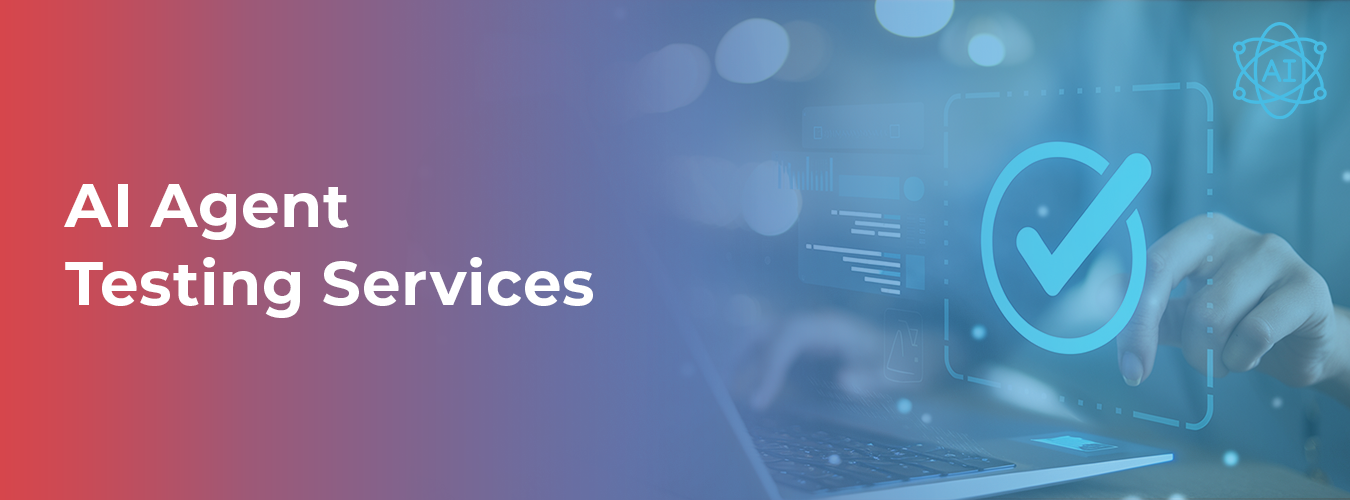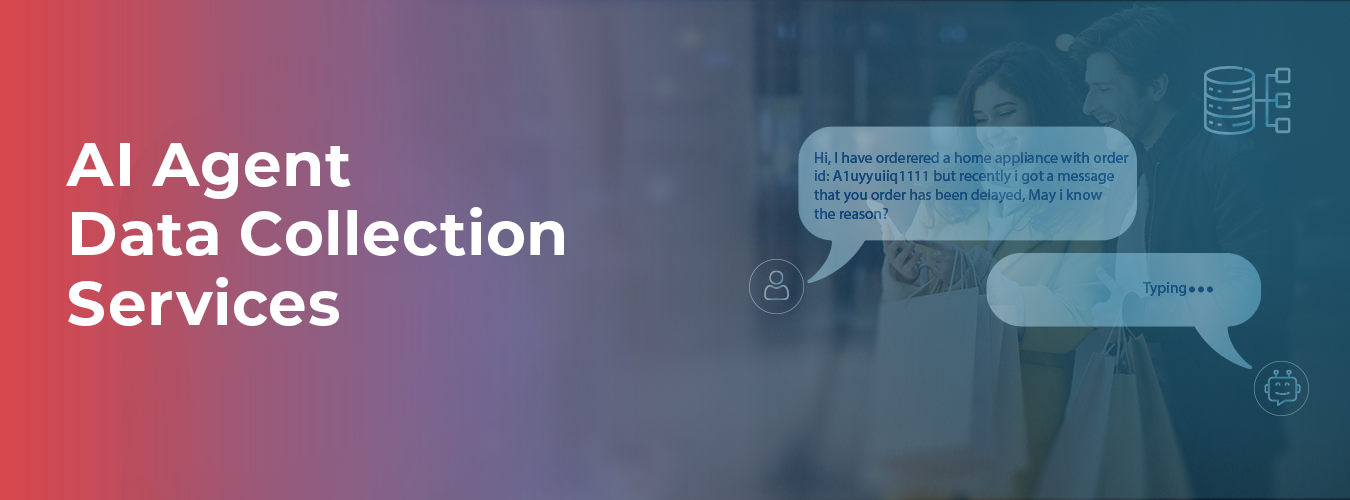Are you curious about Datasets? How do we gather and organise information to uncover valuable insights? This blog serves as a comprehensive guide to all things datasets.
These are the backbone of today’s data-driven world. They help us make informed decisions and discover hidden patterns that can revolutionise industries. This blog explore datasets and why they are so important.
Table of Contents
What are Datasets?

Datasets are essential resources that hold carefully organised data collections, which are meant for various data-driven tasks like analysis and machine learning.
In domains like business and technology, these are invaluable. They provide meaningful insights for informed decision-making and help train robust machine-learning models. These uncover complex patterns, emerging trends, and relationships within vast pools of information gathered specifically for this purpose.
We can think of dataset like puzzle pieces. When combined, the elements form a complete picture. Each data piece within a dataset contains important information. Combined, they reveal a bigger picture and allow us to draw meaningful conclusions.
Why are Datasets important?

Datasets are important for countless reasons. First, they serve as a valuable resource for decision-making and machine learning. By organising and storing data meaningfully, its provide a solid foundation for understanding patterns and trends within the data.
One key reason these are important is that they enable us to gain insights. Examining the data within a dataset can uncover valuable information and make informed conclusions. This is particularly useful in fields such as research and business. Data-driven insights can drive innovation and success.
Moreover, these play an important role in making informed decisions. By analysing the data within a dataset, we can extract meaningful information that helps in decision-making processes. Whether determining market trends or understanding customer behaviour, it provide the necessary information to make well-informed choices.
These are also essential for Machine Learning. They serve as the training material for machine learning algorithms, allowing them to learn and make predictions or perform tasks autonomously. Machine learning models rely on high-quality dataset to understand patterns and make accurate predictions, making it a fundamental component in the development of intelligent systems.
Types of Datasets

These can come in different types, each serving specific purposes. Here are some common types of these:
- Textual datasets: Textual datasets contain unstructured text data, including articles, books, social media posts and chat transcripts. These are valuable for Natural Language Processing (NLP) tasks, such as sentiment analysis, text classification, or language modelling.
- Image datasets: They consist of a compilation of images and are frequently employed for computer vision purposes such as recognising objects, classifying images or segmenting them. These encompass various subjects, resolutions, and formats.
- Audio datasets: These are collections of sound recordings. These recordings include speech, music, and environmental sounds. They are crucial in speech recognition, sound classification, and audio synthesis.
How to Find and Access Datasets Effectively?

Finding and accessing dataset is an important step in utilising data for various purposes. Here are some key approaches to help you locate and access dataset:
- Online data repositories: Online platforms and repositories such as Kaggle and Data.gov offer various dataset across diverse domains. These repositories serve as valuable sources to search, browse, and download dataset for your specific needs.
- Government agencies: Government agencies often collect and maintain Datasets on various topics. Exploring official government websites or contacting specific departments can yield valuable data on demographics, public health, education, and more. Government dataset are often authoritative and reliable sources of information.
- Open data initiatives: Many organisations promote open data initiatives, making these freely available to the public. Open Data portals provide access to a wealth of dataset across various domains. These initiatives foster transparency and enable wider access to valuable data resources.
By utilising these approaches, you can tap into various datasets, gaining access to valuable information for analysis, research, and decision-making purposes.
Conclusion
To wrap up, we have covered all the essentials of Datasets in this blog. We delved into their significance and explored how they contribute to informed decision-making and the different types of datasets. By providing you with this extensive knowledge, we hope to have empowered you to leverage dataset effectively. Remember, dataset are not just numbers and information; they hold the potential to unlock valuable insights and drive meaningful outcomes. Macgence offers human-generated solutions for data collection, organisation, and analysis. Our team is here to provide the expertise and support you need for your data-driven projects.
How can Macgence help?
Here at Macgence, we recognise the importance of datasets in various data-driven tasks. That’s why we have developed solutions to cater to your data requirements. Our platform grants you access to open databases. This enables you to explore and utilise a broad range of pre-existing dataset for your projects. In addition, we offer personalised dataset that are specifically tailored to meet your needs. Our team collaborates closely with you to understand your exact data needs. We work together to create human-generated dataset that are precise and relevant to your research or business objectives. By utilising macgence, you can harness top-notch dataset to gain valuable insights, foster innovation, and make well-informed decisions.
Frequently Asked Questions (FAQ’S)
Q1. What is a good dataset?
A good dataset is reliable, relevant, and representative of the problem or research question. It should contain well-structured and accurate data suitable for analysis or model training.
Q2. What is a dataset sample?
A dataset sample is a smaller subset of a larger dataset. It represents a portion of the complete dataset and is used for analysis, testing, or exploration.
Q3. What are some common challenges when working with datasets?
Common challenges when working with datasets include handling missing data and ensuring data quality and reliability.




